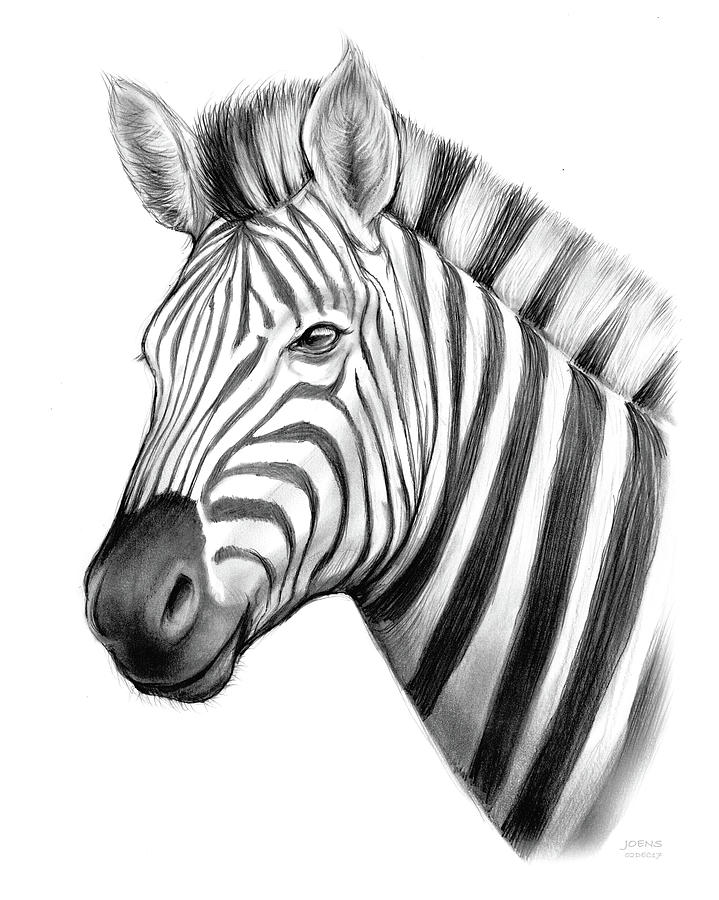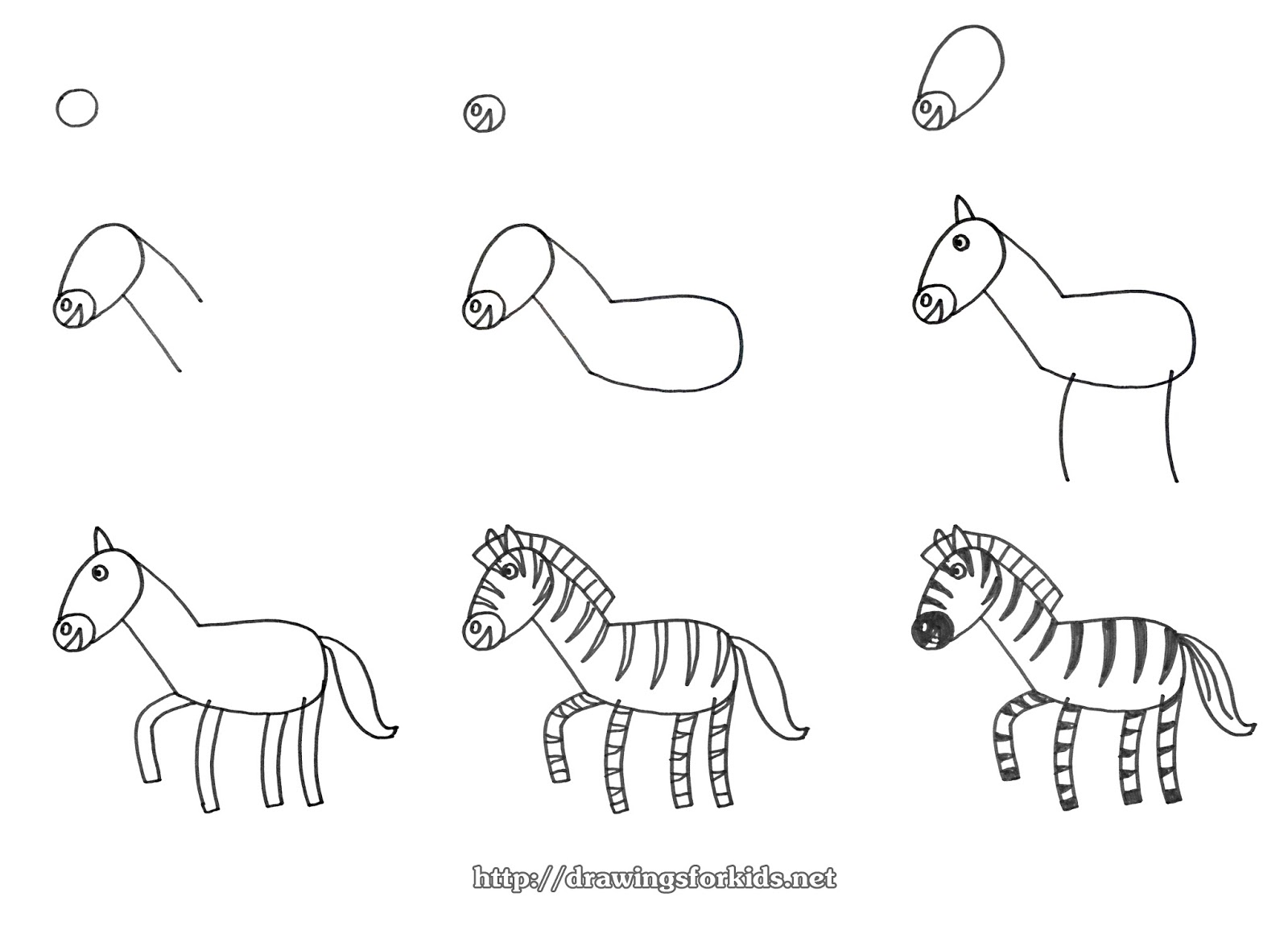

#A zebra drawing how to
Why not learn how to draw a zebra instead?įortunately, we have created a step-by-step tutorial on how to draw a zebra, summarized in 9 easy and simple steps. Since zebras are native to Africa, it’s less likely that we’ll get a chance to see a zebra up close and personal. As a member of the family Equidae, zebras are closely related to horses and donkeys. These outdated stereotypes are not appropriate for today’s children.The zebra is a single-hoofed animal sporting a distinctive black-and-white striped coat. Neely added: “By today’s standards, several of his books include illustrations that are quite racist. “We know now that there are anti-Asian stereotypes in ‘And to Think That I Saw It on Mulberry Street.’ ‘The Cat in the Hat’ is minstrelsy.’ When we know better we can do better." We cannot continue to give our babies the same input that we had,” Thomas said. By 10 years old, children were exhibiting adult levels of racial bias, the research found.


Children begin forming racial biases as early as 3 years old, and those prejudices are fixed by age 7, according to a study. Today, parents and teachers alike are questioning the impact his works can have on young, impressionable children. Thus, the National Education Association - which runs Read Across America - has distanced itself from Seuss in recent years.ĭownload the NBC News app for breaking news and politicsĬriticism of Seuss works can be found as far back as the ‘80s. Other cartoons featured sexism and racist depictions of Asian people, according to the 2019 analysis. Seuss’ books have come under scrutiny in recent years.Īside from the beloved books, Seuss also published anti-Black and anti-Semitic cartoons in which he depicted Black people as monkeys and referred to them with the N-word. Children need to see themselves, and others who may be different from them, in an accurate and positive way.” We must evaluate books for children by today’s values, not on our own nostalgia. “We have so many outstanding books for children today there is no need to continue to publish books that are now inappropriate. “I absolutely think this is a commitment to a better, more just, and inclusive world of children’s literature,” Ann Neely, professor of children’s literature at Vanderbilt University in Nashville, said. Seuss Enterprises' catalog represents and supports all communities and families.” The books that will no longer be published are: “If I Ran the Zoo,” “And to Think That I Saw It on Mulberry Street,” "McElligot’s Pool," "On Beyond Zebra!," "Scrambled Eggs Super!," and "The Cat’s Quizzer." The business said it came to the decision last year after months of discussion and hailed the move as “part of our commitment and our broader plan to ensure Dr. Seuss - used his incredible talent to instill in his most impressionable readers universal values we all hold dear." Then-President Barack Obama lauded the author in 2016, saying, "Theodor Seuss Geisel - or Dr. While Seuss’ body of work has been called “dehumanizing and degrading” to Black, Indigenous, Jewish and Muslim people, and people of color, according to the survey, he is praised for promoting universal values in children. “If I Ran the Zoo” also features two men from Africa who are shirtless, shoeless and wearing grass skirts while holding an exotic animal. In “If I Ran the Zoo,” a white boy holds a large gun while standing on the heads of three Asian men. In “And to Think That I Saw It on Mulberry Street,” a white man is shown holding a whip above a man of color and the elephant he's riding on. Portrayal of and references to Black characters relied heavily on anti-Blackness and images of white superiority, the study found. A 2019 survey of Seuss’ works found that just 2 percent of human characters were people of color - 98 percent were white.


 0 kommentar(er)
0 kommentar(er)
